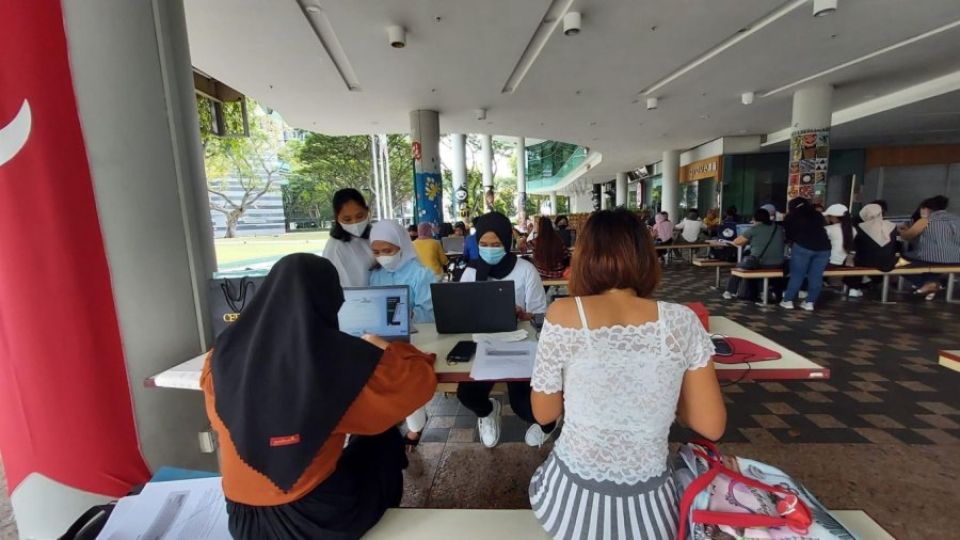February 2, 2023
JAKARTA – More Indonesians trusted social media than news outlets over the past three years, marking a significant shift in the way people perceived what they considered a reliable source of information, according to the latest study from the Communications and Information Ministry, published on Wednesday.
The percentage of respondents who saw social media as a trustworthy source of information jumped to 30.8 percent in 2022 from previously around 20 percent in 2020, according to the research.
Meanwhile, trust toward conventional media has been in steady decline over the past three years with print media and radio now only acquiring less than 1 percent, while television managed to hold on at 43.5 percent in 2022.
The number of respondents who consider online media as a trustworthy source of information, however, increased at 9.7 percent in 2022 from previously 7 percent in 2020, but were still left far behind by social media.
“Social media was consistently the second-most trusted source of information in the past three years,” reads the report.
Read also: Despite improvements, Indonesia’s digital literacy remains low
The study, termed Indonesia Digital Literacy Status in 2022, has been conducted annually since 2020 by the ministry, in collaboration with Katadata Insight Center, which is a data-driven research arm of Indonesian media Katadata.
More than 70 percent of the respondents said social media was their main source of information for the past three years, while only 30 percent looked to print and online media as an information source within the same period, the research said.
The research also revealed TikTok has been catching up with other social media platforms, as it gained widespread popularity with percentage of respondents using the social media spiking to 40 percent in 2022, almost double the 17 percent in 2020.
The study showed the percentage of respondents using WhatsApp, Facebook and YouTube remained high at between 80 and 95 percent last year despite the three seeing a dip between 4 and 10 percentage points over the past three years.
Despite becoming one of the most trusted and relied-upon sources of information, the percentage of social-media users who found hoaxes on the platforms was also by far the greatest, at 92 percent. In contrast, the percentage of respondents who found hoaxes in online media was 16 percent.
Read also: The urgency of digital citizenship curriculum in combating hoaxes
Finding hoaxes in online news has been escalating over the years as only 10.7 percent of respondents had found them in 2020, but in the following year, the percentage of respondents who had found hoaxes jumped to 14.9 percent.
Overall, Indonesia has shown improvement in its digital-literacy index as it stood at 3.54 in 2022, which is a tad (5 points) higher than in 2021, which booked a 3.49.


